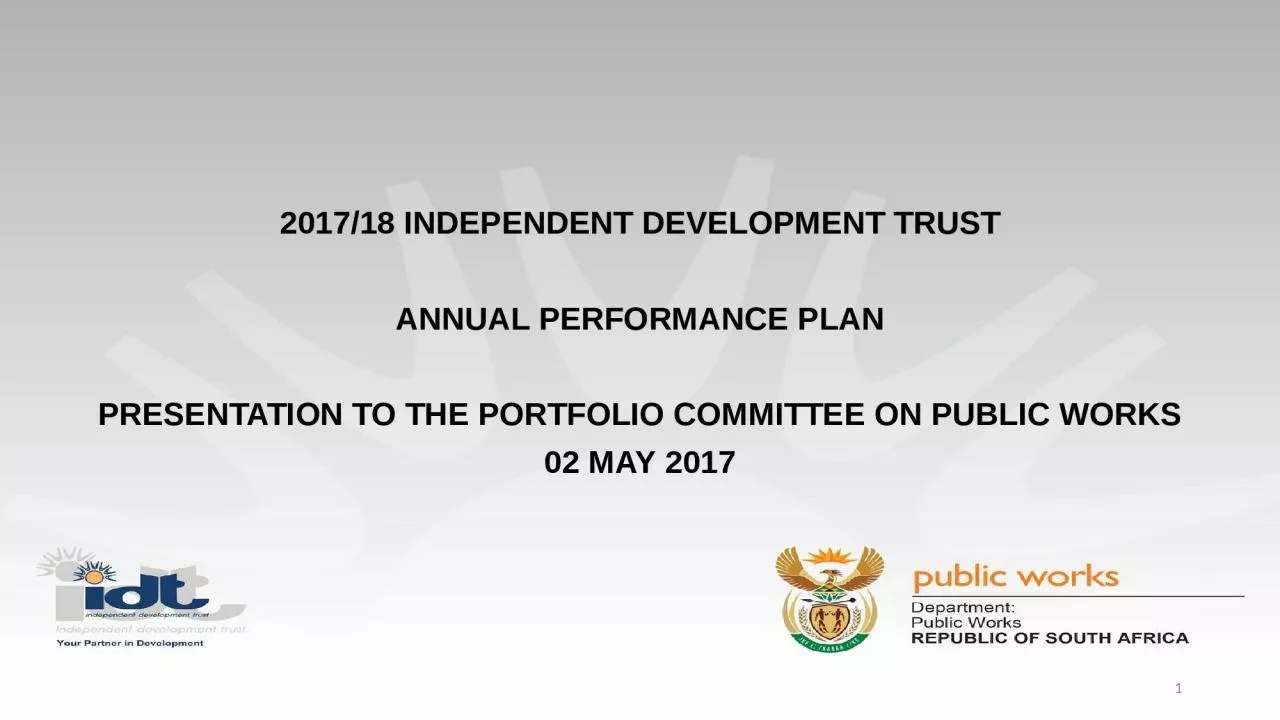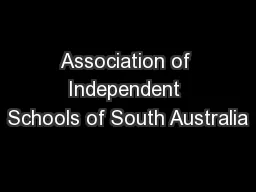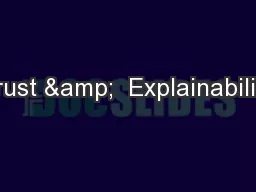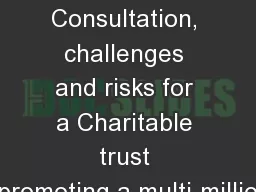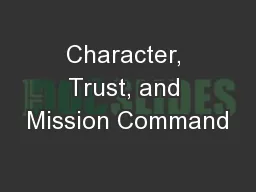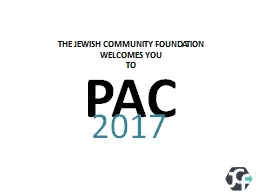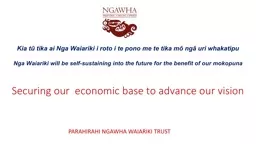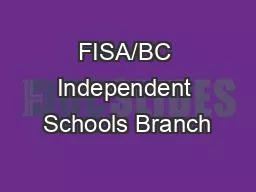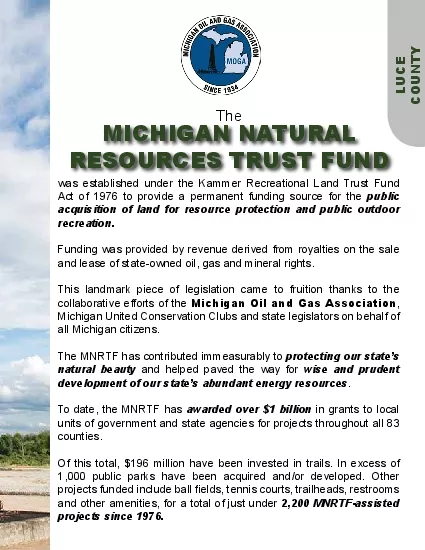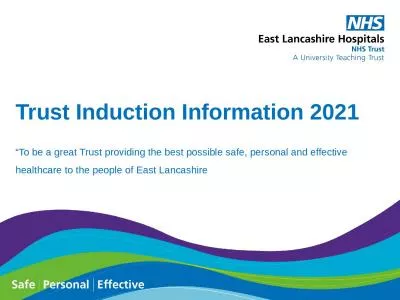PPT-2017/18 INDEPENDENT DEVELOPMENT TRUST
Author : emily | Published Date : 2023-09-19
ANNUAL PERFORMANCE PLAN PRESENTATION TO THE PORTFOLIO COMMITTEE ON PUBLIC WORKS 02 MAY 2017 1 PRESENTATION OUTLINE 1 Purpose 2 Assumptions and Context 3 Summary
Presentation Embed Code
Download Presentation
Download Presentation The PPT/PDF document "2017/18 INDEPENDENT DEVELOPMENT TRUST" is the property of its rightful owner. Permission is granted to download and print the materials on this website for personal, non-commercial use only, and to display it on your personal computer provided you do not modify the materials and that you retain all copyright notices contained in the materials. By downloading content from our website, you accept the terms of this agreement.
2017/18 INDEPENDENT DEVELOPMENT TRUST: Transcript
ANNUAL PERFORMANCE PLAN PRESENTATION TO THE PORTFOLIO COMMITTEE ON PUBLIC WORKS 02 MAY 2017 1 PRESENTATION OUTLINE 1 Purpose 2 Assumptions and Context 3 Summary of the Strategic Overview Part A. The Entrepreneurship Participating Event includes the development and presentation of various aspects of a plan to form a business The event provides an opportunity for a participant to develop and demonstrate mastery of essential knowledge and skil 301 Unley Road, Malvern SA 5061. F (08) 8179 1400 F (08) 8373 1116. E office@ais.sa.edu.au. AISSA. Child Protection Update. Roger Anderson & Mary Pickett. Date:. June 5, 2014. . Welcome and Introductions. revised 2/9/2011 TT. Scope of Training. Definition of Independent Contractor. Types of Contracts. Completing the Contracts. Requesting Payment. Other issues:. Risk Assessment. Payments to PERA Service Retirees. for Artificial Intelligence . - Lt Col Ashutosh Verma. Scope. IoT Congress 2017. 2. Trust. Google autonomous car crash.. Tesla autopilot FATAL car crash.. Risk assessment for committing crime racially discriminates subjects - COMPASS.. Preview Presentation. September 2016. TOPICS. Overview. Home Page. Login. Dependent Student with Parental Data. Independent Student. My FAFSA Pages. Auto-Zero EFC (skipping the remaining financial questions). How did it all begin:. David and Greg chatting over a beer. Liquefaction and “. Farmy. Army “. Julyan Falloon and Sport Canterbury . Establish charitable trust in September 2014. People involved. Prevailing in Large-Scale . Combat . Operations:. SMA: Trust and Mission Command Video. Source. : . http://. cape.army.mil/videos/sma-trust-and-mission-command-2016-apf. . Define character – intrinsically and operationally – in the context of mission command and large-scale combat operations. WELCOMES YOU. TO. 1. CO-CHAIRS. . Anne-Marie Boucher. Michael Frankel. Mark Brender. 2017 Professional Development Seminar. 2. . . by Andrew Etcovitch. Risk Mana. gement for Professional Advisors, Trustees and Corporate Executives. THE MODERN TRUST THE ART OF PROPERLY (AND EFFECTIVELY) PASSING AND RECEIVING WEALTH Richard A. Oshins, AEP (Distinguished) Oshins & Associates, LLC 1645 Village Center Circle, Suite 170 Las Vegas, Nevada 89134 Waiariki. . i. . roto. . i. . te. . pono. me . te. . tika. . mō. . ngā. . uri. . whakatipu. . Nga . Waiariki. will be self-sustaining into the future for the benefit of our . mokopuna. Regional Tour 2018. . . Ministry Supported Professional Learning 2018-2019 . Provincial Outreach. 10 locations throughout the province. Oct 9 Prince George. Oct 10 Dawson Creek. Oct 12 Surrey. MICHIGAN NATURALRESOURCES TRUST FUNDLUCELuce County active or completed MNRTF ProjectsTwo Hearted River Property 500000County Park Revitalization 114393NEWBERRYTahquamenon Outdoor Recreation Complex D NEW TEAM MEMBERS. Johnny Shah Amanda . Winwood. Ola . Odubanjo. . Head of Charity Membership Academy Finance/Admin . “To be a great Trust providing the best possible safe, personal and effective healthcare to the people of East Lancashire. ELHT Strategic Framework. Aim . It is our aim through Workforce Education to enable you to provide high quality services and optimum levels of patient care, supporting the Trust’s vision: To be widely recognised for providing safe, personal and effective care. .
Download Document
Here is the link to download the presentation.
"2017/18 INDEPENDENT DEVELOPMENT TRUST"The content belongs to its owner. You may download and print it for personal use, without modification, and keep all copyright notices. By downloading, you agree to these terms.
Related Documents

